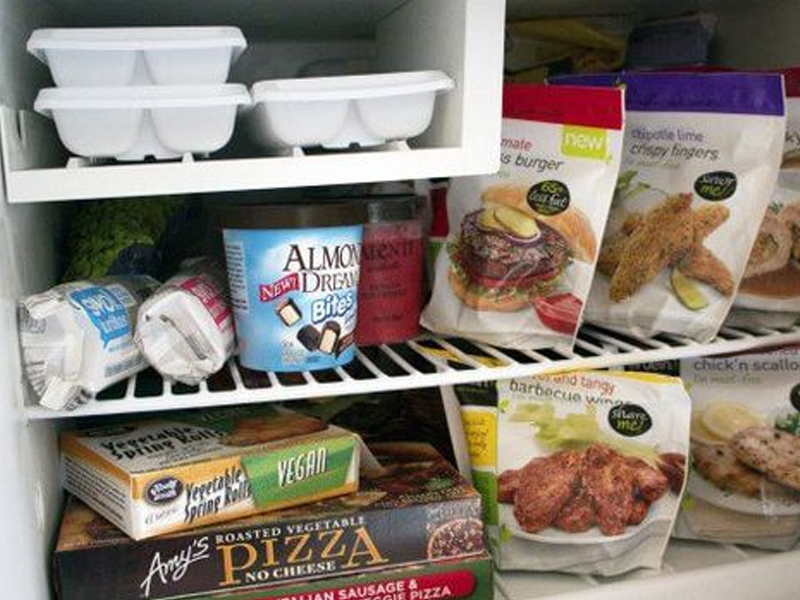The increase in consumption of frozen bakery products in the emerging markets of Asia Pacific and Latin America has also led to a rise in the sales of frozen bakery products. The demand for frozen bakery products in developing regions is driven by the increase in disposable income.
The global frozen food market is estimated at nearly USD 244.3billion in 2020and is projected to reach nearly USD 312.3billion by 2025, growing at a CAGR of 5.0%.The key drivers of the market are developments in the retail landscape, rising demand for convenience food, and technological advancements in the cold chain industry. With the growing penetration of the Internet and smart phone usage, retail grocery shopping is emerging as one of the platforms for companies to showcase and sell their food products and this is acting as an opportunity for the frozen food market.

On the basis of products, the market segmentation includes fruits & vegetables, dairy products, bakery products, meat & seafood products, and convenience food & ready meals. The convenience foods & ready meals segment is estimated to account for the largest share in the frozen food market in 2020. Any food item that is half-cooked and further needs to be cooked for a little while before serving are included in the frozen convenience foods. Ajinomoto (Japan), Kraft Heinz (US), and Nestle (Switzerland) are the key players in this segment. These, along with the increasingly price-conscious consumers, are responsible for the growing market.

Based on consumption, the market is segmented into food service and retail. The retail segment is projected to witness the fastest growth from 2020 to 2025. The supermarket sector for the distribution of frozen products is growing due to the increasing investment by various retail players. Increasing participation from private as well as foreign industry players has boosted investments in retail infrastructure. This growing consumer base and rising infrastructural development are expected to drive the growth of the frozen food market.

The frozen food market in the Middle East & Africa is projected to witness the fastest growth between 2020 and 2025. This is attributed to population growth, rapid urbanization, and the rise in consumer awareness about the benefits of frozen food. Further, factors such as investment in the cold chain, increasing trade, and well-established retail industry are fueling the overall frozen food market in the region.
source : www.articlesfactory.com/articles


